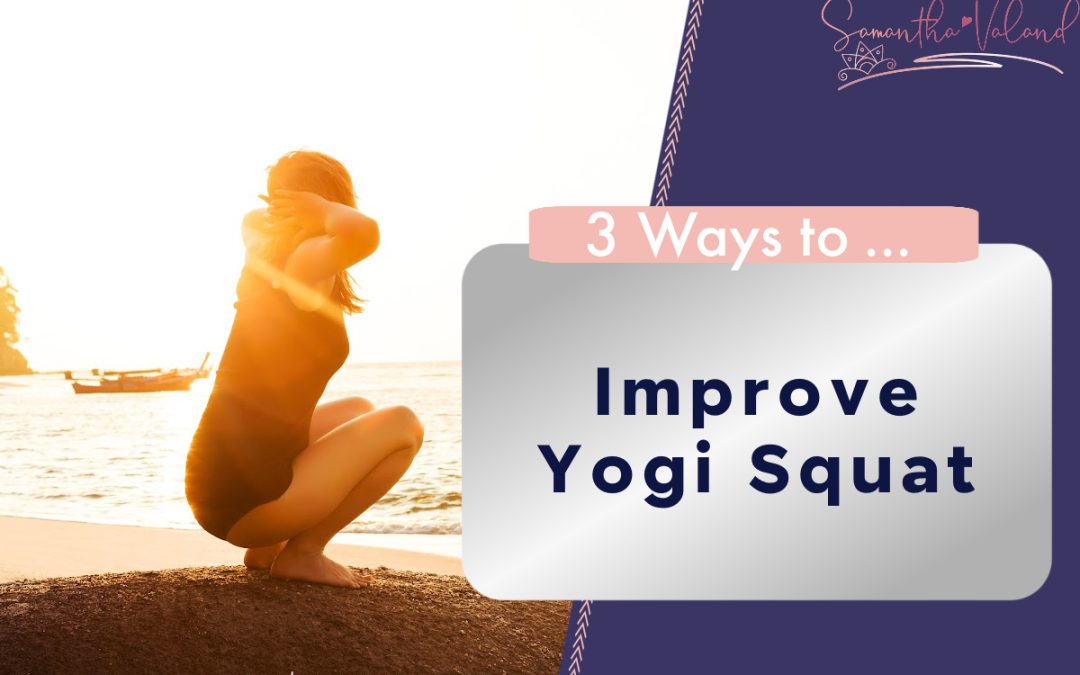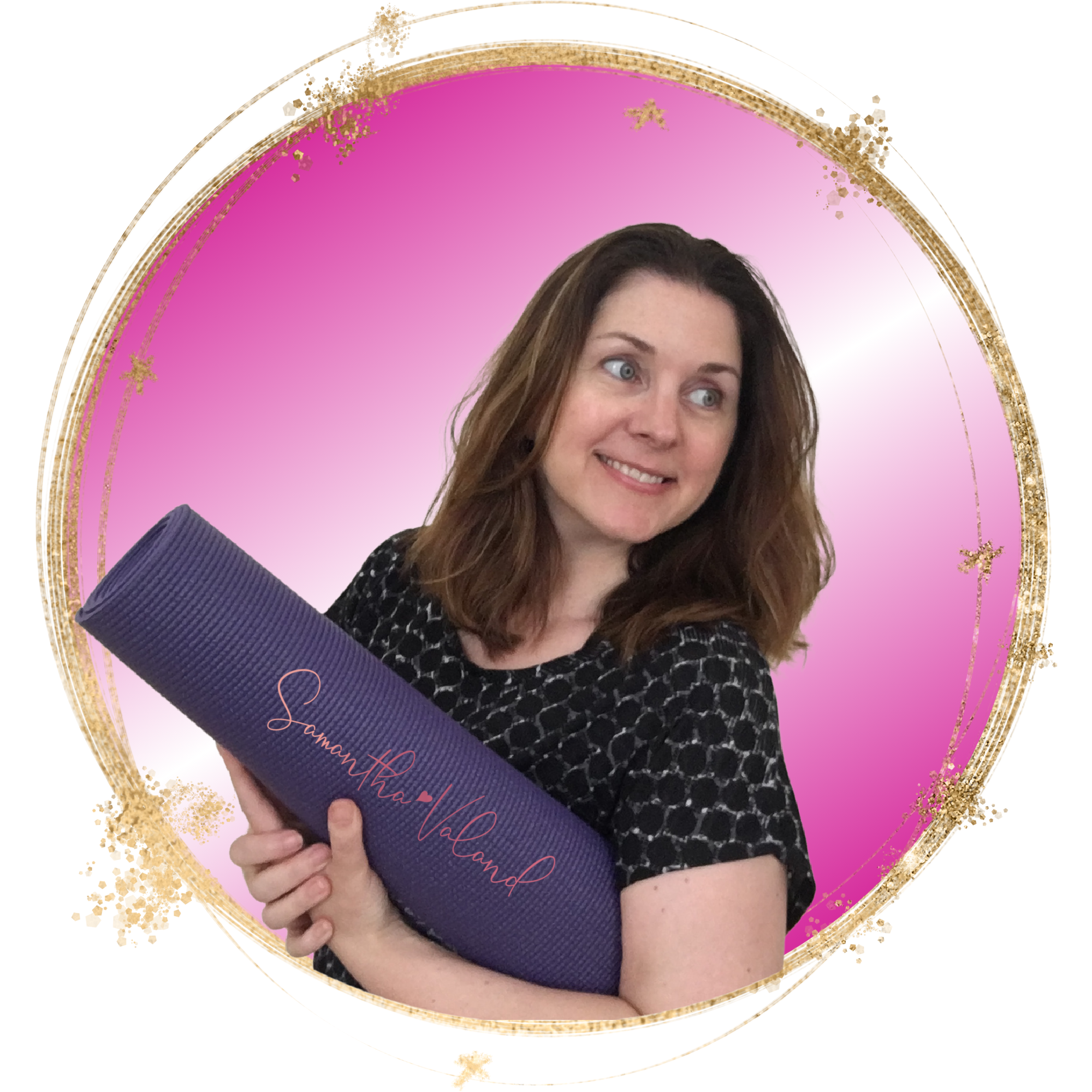You can’t read about the yogi squat without reading what a great functional exercise it is, and how it should be a stable in your exercise list. This is all true, but it also an exercise which for many women requires prep work first. It is also an exercise which may require you to be quite conscious with how you transition in and out of it. This blog has 3 ways to include your yogi squat
The yogi squat can massively increase your flexibility in and around your hips and low spine, if you do it often enough. However, it also requires flexibility to get safely in and out of the pose. It’s one of the poses in yoga that if I do it in a class, by that time I have gotten comfortably into the pose, the teacher is cueing to come out of it!
The yogi squat is held from 30 secs to to a few minutes in Yin Yoga, which has quite a different vibe to completing a set of reps on the gym floor or Pilates class
Here are 3 things you can do to help you get into the position and enjoy 😊 this pose.
Knee flexibility
Your knee is deeply flexed in the yogi squat, and you may not know that these muscles around you knee are tight until you try to get into the pose.
A quad stretch beforehand is a good way to ease into this pose. There are lots of quad stretch options I personally find the side lying version the easiest to get into and adjust to get a good stretch around my knee joint. Your quads are a group of 4 muscles – the name is a bit of a giveaway – so worth spending a bit of time here to get a good stretch.
Ask me a Question V5.0 If you have a question around exercising after the menopause, click here to ask me and I will answer on my YouTube channel or here on my blog
Samantha Valand is a Pilates teacher, Yoga Instructor and Personal Trainer. Who helps over fifties women fall in love with exercising again after the menopause. You can find some inspiration over on the blog If you are interested how coaching can help you can start here. Samantha has a free monthly newsletter to help you live healthy ever after.




